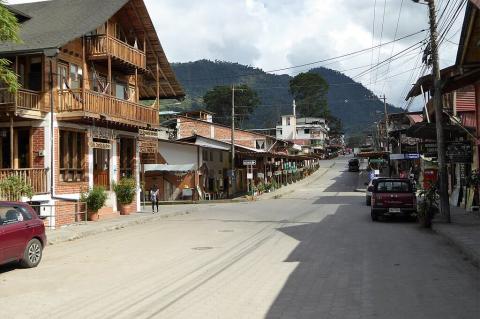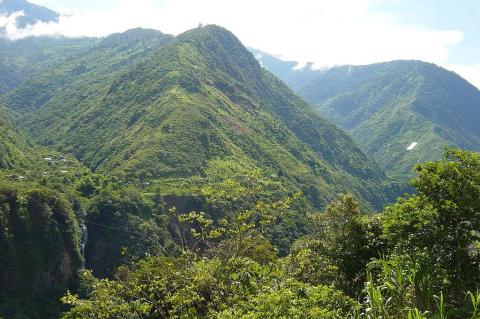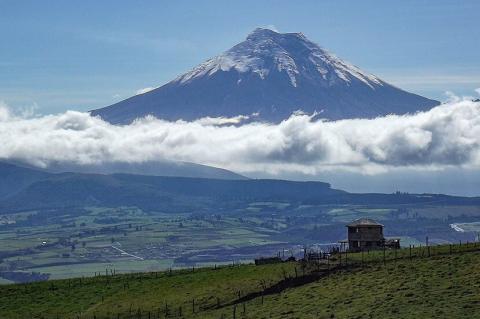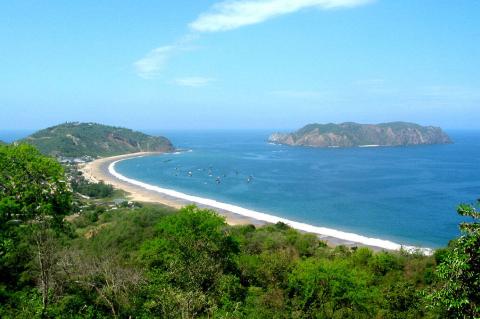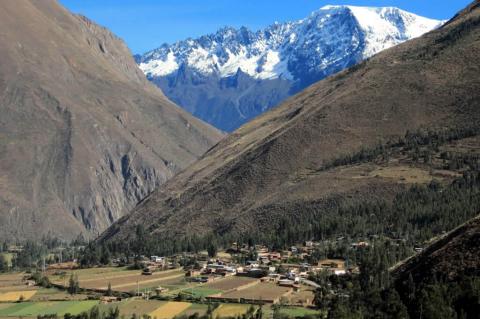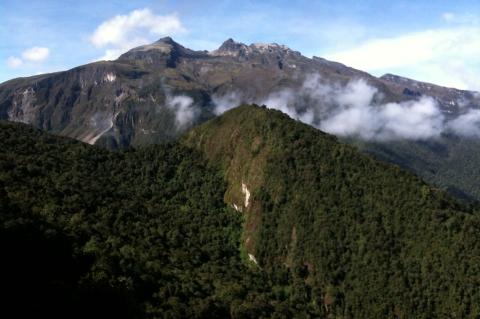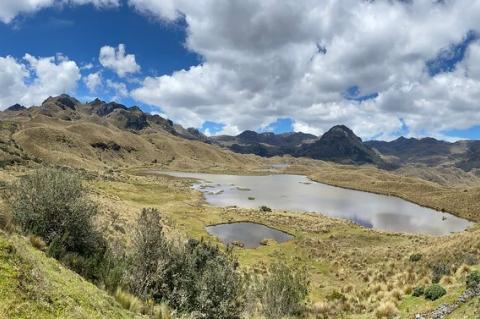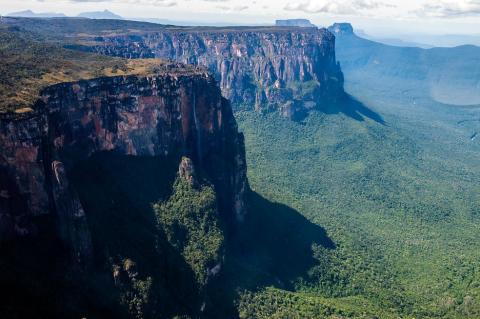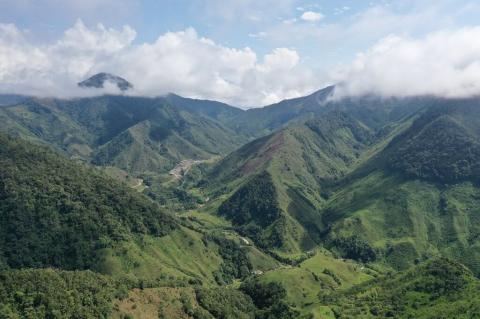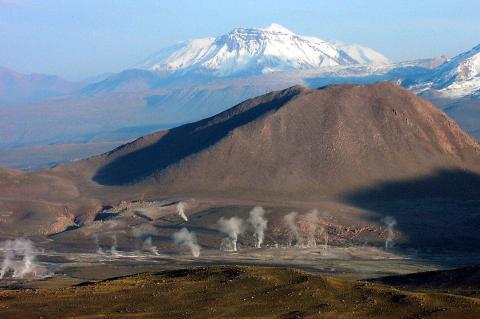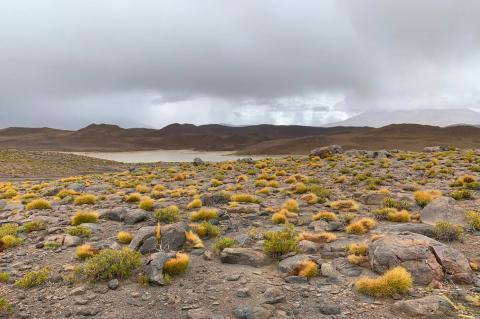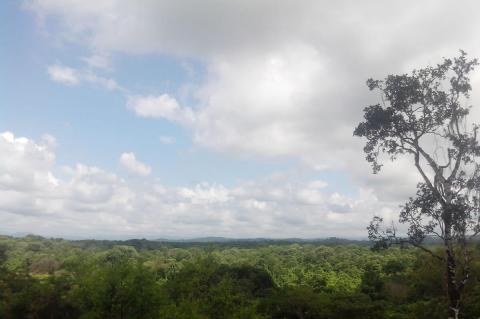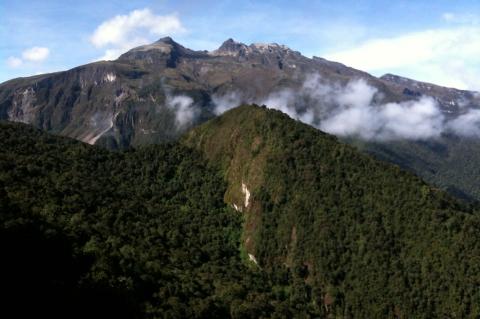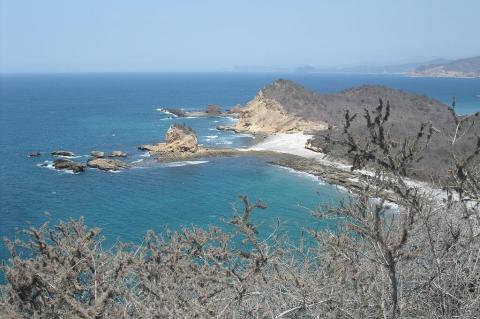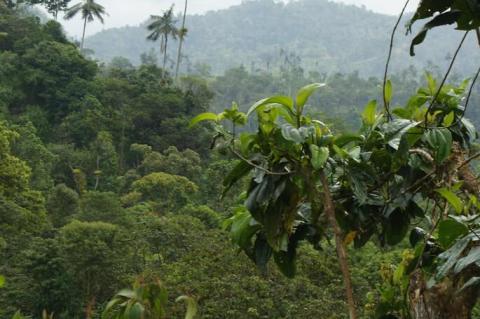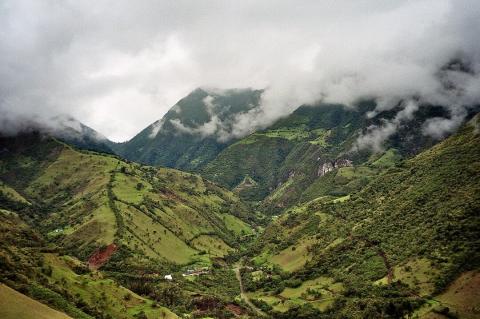Amazônia Unveiled: A Journey Through Nature's Crown Jewel
Amazônia—encompassing the Amazon rainforest, biome, basin, and river system—represents Earth's most magnificent and ecologically vital tropical region. This interconnected complex harbors unparalleled biodiversity while serving as a critical regulator of global climate and weather patterns. Often called "the lungs of the Earth," this vast region produces about 20% of the world's oxygen and stores 10-15% of global terrestrial carbon, crucial for climate stability. Its four components form a self-sustaining, complex ecosystem that has evolved over millions of years.

